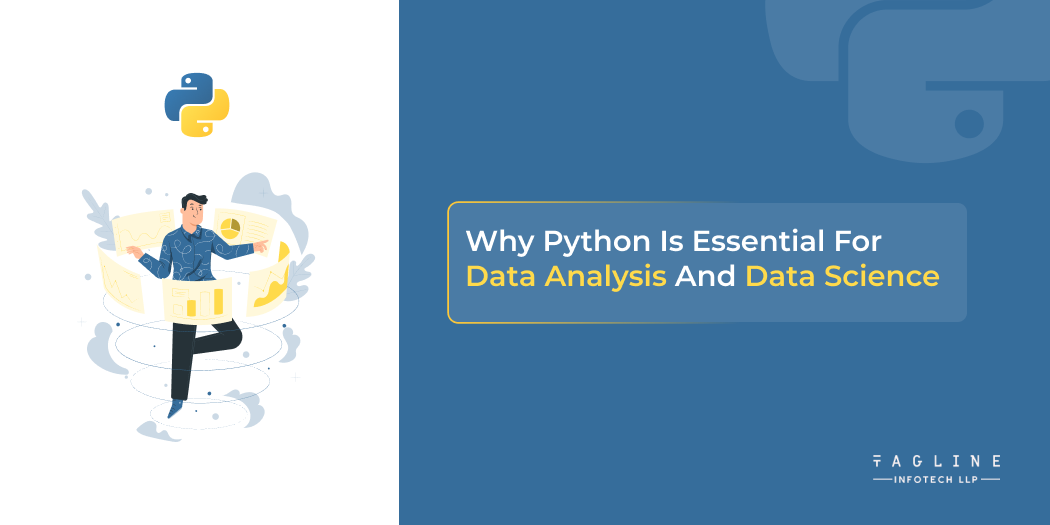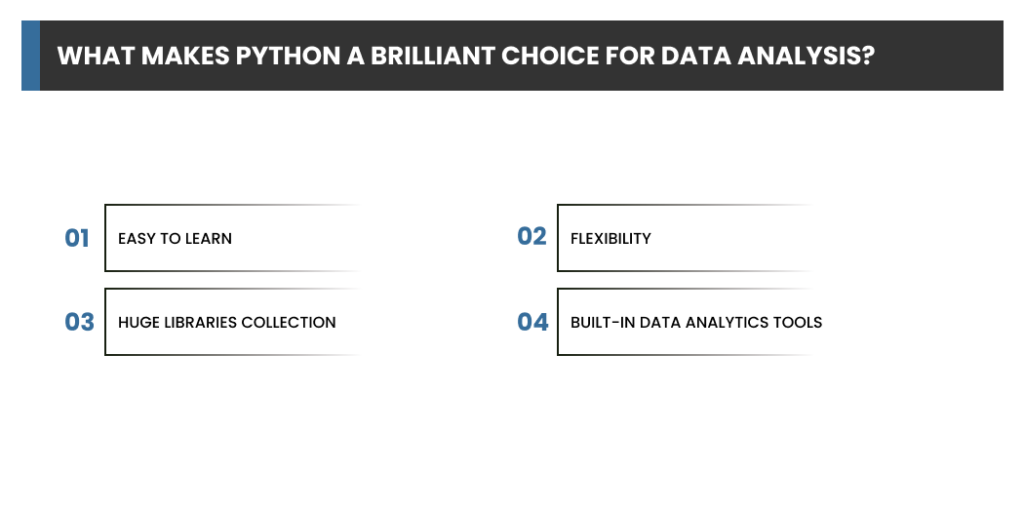Node.Js 22: All the Latest Features and Updates
May 13, 2024
Home >> Python >> Why Python Is Essential for Data Analysis and Data Science

We shall go into great detail about the following subjects in this article:

Want to have a secure and scalable dynamic application to fulfill your business requirement
Hire from our team of Python Developers for successful enterprise-grade application development.

“R vs Python – Difference Between Them”
– Also Read Article

Are you tired of using outdated technologies for software development?
Let our Python Development Company help you take your business to the next level with the latest tools and techniques.
Data analysts should be aware of the many different Python libraries that are out there. Once you have a firm grasp of the fundamentals of Python, you should consider these libraries, such as NumPy, Pandas, and Matplotlib, which assist the data analyst in carrying out his or her duties.
Data interpretation, statistical analysis, and regular report production are the responsibilities of data analysts. They organise and conduct out data assessments, data gathering procedures, and other methods for increasing statistical dependability and quality. Additionally, they are in charge of managing databases and analysing data from both primary and secondary sources.

Digital Valley, 423, Apple Square, beside Lajamni Chowk, Mota Varachha, Surat, Gujarat 394101
+91 9913 808 2851133 Sampley Ln Leander, Texas, 78641
52 Godalming Avenue, wallington, London - SM6 8NW